Take Control in 1, 2, 3
Get Prepared
Plan Ahead
Make a Plan
Associated Content
As an older adult, you may have specific needs after a disaster. Use the information on this page to assess your needs and take simple, low-cost steps that help you get better prepared.
Take Control in 1, 2, 3
The Disaster Preparedness Guide for Older Adults is intended to support older adults and their caregivers in preparing in three easy steps: assess your needs, create a plan and engage your network. The guide provides easy-to-read, user-friendly worksheets that walk individuals and caregivers through a self-assessment to identify specific needs and checklists that create a personalized plan.

First, know your risk. Then, understand your needs during emergencies. This section guides you through a self-assessment process to identify your specific needs so that you can create a personalized emergency plan.

Develop a comprehensive emergency plan and emergency preparedness kit tailored to your unique needs. This section ensures you are well prepared to respond to various emergency scenarios.

Build a strong support network and include them in your emergency planning. This section provides recommendations for how you can engage your family, friends, caregivers, neighbors, fellow congregants from your place of worship, and others who can assist you during an emergency.
Get Prepared

- Know what disasters could affect your area, which could call for an evacuation, and when to shelter in place, and plan what you need to do in both cases.
- Keep a NOAA Weather Radio tuned to your local emergency station and monitor TV and radio for warnings about severe weather in your area.
- Download the FEMA app and get weather alerts from the National Weather Service for up to five different locations anywhere in the United States.
Plan Ahead
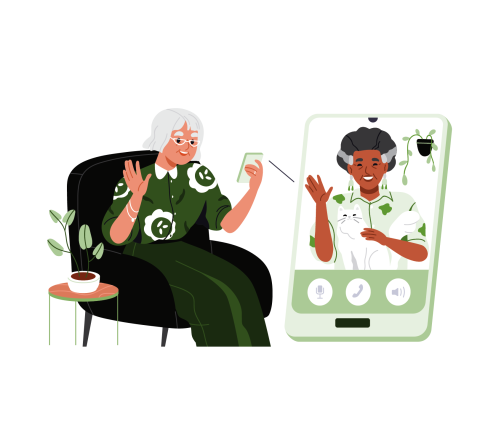
Plan how you will communicate if you have a communications need.
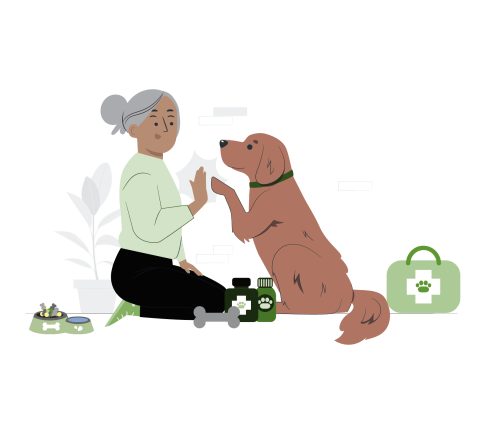
Plan for food, water, and essentials for you and pets or service animals. Research pet-friendly evacuation centers.
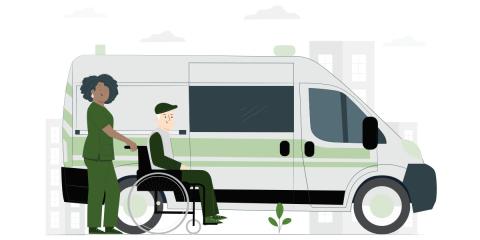
Plan for your transportation if you need help evacuating.
Include items that meet your individual needs, such as medicines, medical supplies, batteries and chargers, in your emergency supply kit.
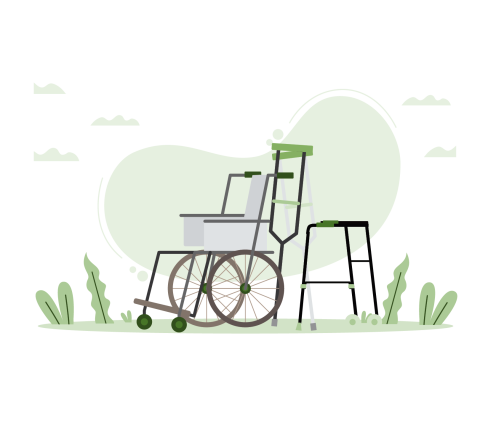
Plan how you will have your assistive devices with you during an evacuation.
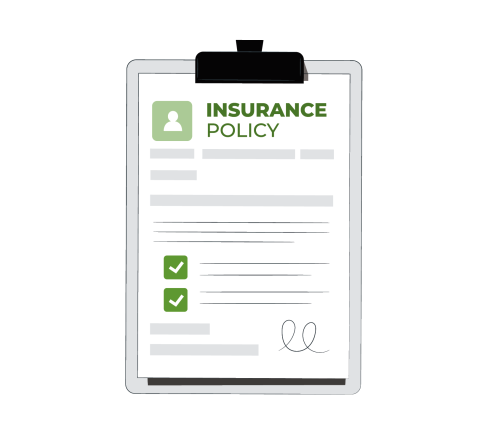
Make copies of Medicaid, Medicare, and other insurance cards.
Make a Plan
Determine any special assistance you may need and include plans for that assistance in your emergency plan. For more detailed information, visit our page on planning for people with disabilities.
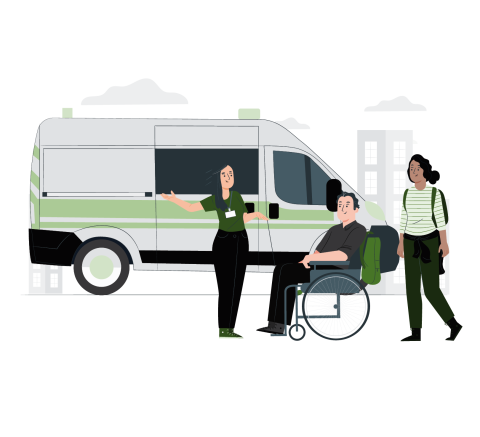
- Create a support network of family, friends and others who can assist you during an emergency. Make an emergency plan and practice it with them.
- Make sure at least one person in your support network has an extra key to your home, knows where you keep your emergency supplies, and knows how to use lifesaving equipment or administer medicine.
- If you undergo routine treatments administered by a clinic or hospital, find out their emergency plans and work with them to identify back-up service providers.
- Don’t forget your pets or service animals. Not all shelters accept pets, so plan for alternatives. Consider asking loved ones or friends outside of your immediate area if they can help with your animals.
Get Your Benefits Electronically
A disaster can disrupt mail service for days or weeks. If you depend on Social Security or other regular benefits, switching to electronic payments is a simple, important way to protect yourself financially before disaster strikes. It also eliminates the risk of stolen checks. The U.S. Department of the Treasury recommends two safer ways to get federal benefits:
- Direct deposit to a checking or savings account. If you get federal benefits you can sign up by calling 800-333-1795 or sign up online.
- The Direct Express® prepaid debit card is designed as a safe and easy alternative to paper.
Associated Content
- Take Control in 1, 2, 3—Disaster Preparedness Guide for Older Adults
- Take Control PSA (:30)
- Take Control PSA (:15)
- Older Adults Flyer
- Older Adults Flyer (Spanish)
- People with Disabilities Bookmarks (Front and Back)
- Prepare For Emergencies Now. Information for Older Adults (PDF)
- Preparing Makes Sense or Older Americans (Video)
- Individuals with Disabilities and Other Access and Functional Needs
- AARP Operation Emergency Prepare
- AARP Operation Hurricane Prepare


